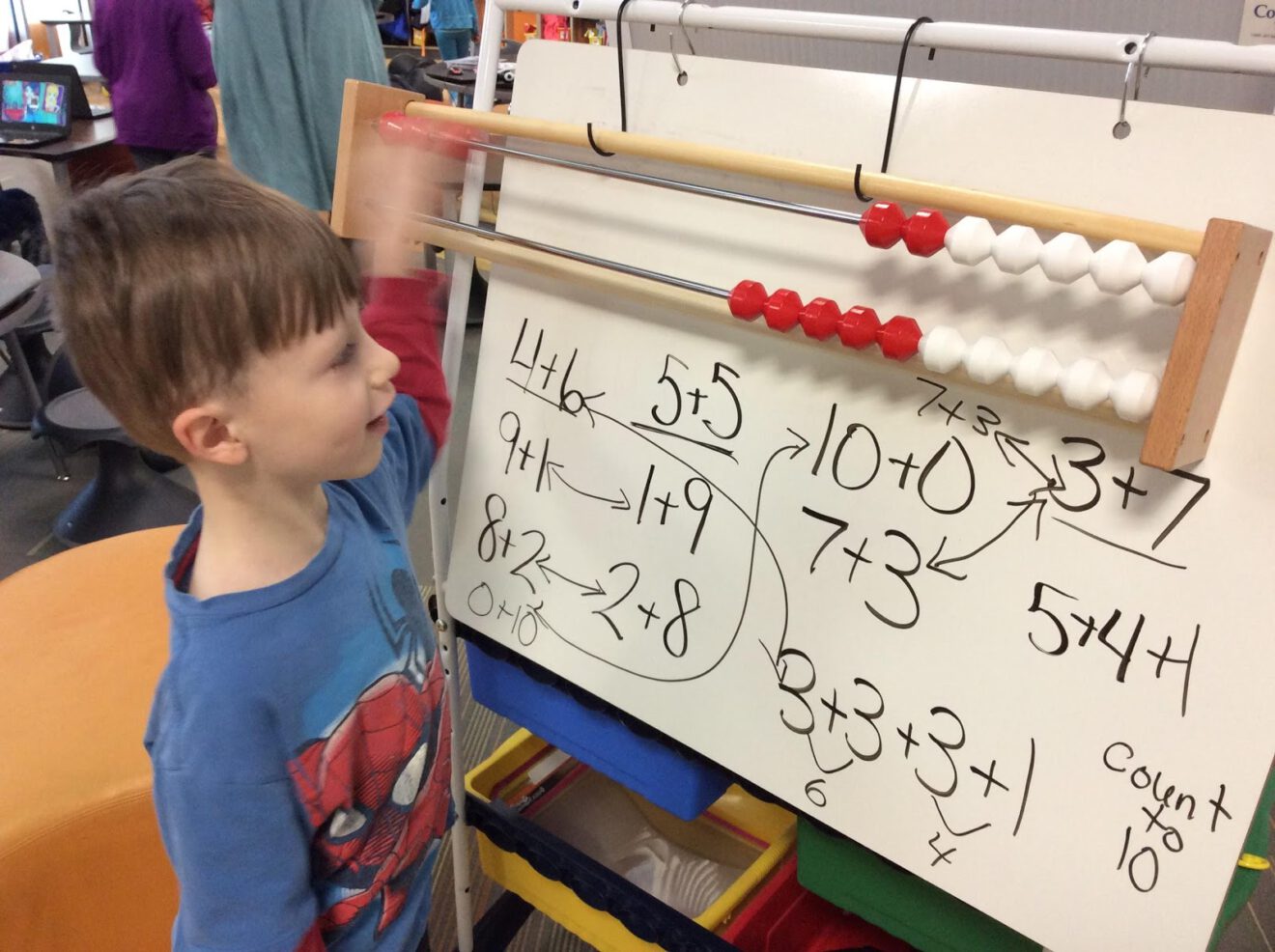Timed quizzes and tests have been an elementary school staple for decades, but does practicing speed and memorization teach students to truly understand math strategies and concepts? The short answer is no. The National Council of Teachers of Mathematics has published eight effective teaching practices for mathematics that provide a basis from which educators can measure instructional opportunities:
-
Establish mathematics goals to focus on learning.
-
Implement tasks that promote reasoning and problem solving.
-
Use and connect mathematical representations.
-
Facilitate meaningful mathematical discourse.
-
Pose purposeful questions.
-
Build procedural fluency from conceptual understanding.
-
Support productive struggle in learning mathematics.
-
Elicit and use evidence of student thinking.
Educators have been at a disadvantage for decades, operating under a belief system that was modeled for us in our own educational experiences: the idea that being fast at math means you are good at math. It is an idea that is ingrained in our society and culture, and is one that can have devastating effects on student learning and self-image.
Timed tests can induce anxiety by encouraging short-term, rote memorization of material. In Springfield Public Schools, our goal is to promote a love for mathematics in students through experiences that build math fluency–not through rote memorization. We emphasize patient problem solving via strategic student-centered instructional routines such as number talks. Our goal is to give students the strategies they need to look at a problem, make sense of it and define a path to solve it. Here’s how we did it.
Building Fluency through Math Talks
First, we offered professional development sessions that focused on fluency and what that encompasses. Using research and recommendations from NCTM and experts in the field such as Jennifer Bay-Williams, Sherry Parrish, and Jo Boaler, we backed up our claims about timed tests and the benefits of focusing on fluency. We knew that if we took something away, we needed to replace it with something else. We began offering after-school workshops on number talks. These talks encompassed all eight of the teaching practices outlined by NCTM.
We purchased the book Number Talks by Sherry Parrish for our teachers and facilitated optional learning opportunities about number strings after school and during in-service days. We created a focus group of educators who were using number talks as part of their daily routine and collected feedback on their experiences. The feedback was unanimous: this was a practice they wanted to continue. However, if we were going to implement this routine in our 700 elementary classrooms, we needed to provide teachers with a resource alighned to their grade level and training to support implementation.
That’s when we found Daily Math Fluency from hand2mind. It is designed to help K–5 educators guide number talks with students. This gave our teachers a framework so they could be intentional about number talks in their classrooms. We formalized a plan for implementing the strategy across our elementary sites. The districtwide rollout will be finished at the beginning of the 2020-21 school year.
Developing Creative Problem-Solvers
Number talks lets students dive deep into math concepts. They can be metacognitive in formalizing their own methods and connecting their previous work to new problem situations. They learn to see problem solving as a creative and collaborative process that takes thinking and revision. They can compare and contrast their thought processes against those of their peers. Students learn how to reflect on their strategies, adjust their mental models and develop efficiency.
Building fluency isn’t about students recalling procedures that have been previously introduced. It’s about seeing a problem, deciding the best possible route and having confidence in a solution. Discussing multiple approaches to a problem lets students see that mathematics is an interconnected discipline that can be creative and interesting. Many of our number talks resources, especially in the early grades, incorporate a lot of visuals. We might project a few number frames and then ask students to explain their strategy for finding a total. Or, we might show a quick image and ask students how they saw it — and then we discover that numbers can be made of many different combinations. Visual models really highlight how we all see math differently.
Encouraging Autonomy and Confidence
Deemphasizing speed, eliminating timed tests and incorporating number talks has completely changed the dynamics in the classrooms. These classrooms are inviting, and students are eager to share their strategies and collaboratively problem solve incorrect solutions. Educators are facilitating the learning but students are the mathematical experts. They aren’t concerned about having the “wrong answer” — they know they will have an opportunity to defend and revise their thinking. They are feeling more successful; the focus is not simply on answers, but on the pathways to a solution. This has been a game changer, especially for students who struggled or were unsuccessful in math. Now, everyone can contribute to the discussion.
Catherine Castillo is the coordinator of 21st-century numeracy at Springfield Public Schools, which plans to use Daily Math Fluency in every K–5 math class. Connect with her on Twitter @MsCastillosMath.
___________________________________________________________________________________________________________________________________________________________________________________________________________
Like this article? Sign up for SmartBrief on EdTech to get news like this in your inbox, or check out all of SmartBrief’s education newsletters, covering career and technical education, educational leadership, math education and more.
